Hyouge Mono gets pretty deep into the reeds when it comes to Japanese history. That’s one of the reasons I love it – no detail is too small, even if it’s made up, and we meet a lot of interesting characters who exist only at the fringes of the popular historical narrative. But it also acts as something of a survey course of the headline times and places – casting Sasuke as an almost Zelig-like figure who finds a way to be present whenever something important happens.
In the A-part, that finds him literally hitching a ride with Sanada’s ninjas (a rather unpleasant ride for them) as they infiltrate Ganjaku Castle in search of the Narashiba. They don’t find it – Akizuki has clearly seen the writing on the wall and secreted it away – but they do stumble upon his daughter arguing with one of her handmaids over whether she should commit seppuku rather than be captured by the monkey. And this proves an opportunity too fortuitous for Sasuke to pass up – he talks the girl into surrendering with sweet words and promises that he’ll keep her hidden from Hideyoshi.
Sasuke plays the fool rather a lot in this series, but that shouldn’t gloss over the fact that he’s both ruthless and clever. His advancement in this dangerous world full of pitfalls of every stripe is testament to that. Of course his words to the daughter are bunk – he immediately presents her to the Chief Advisor, who orders (as Sasuke intended) that she be used as barter for the surrender of the castle. Fortunately for her Hideyoshi – who “has a thing for daughters of lords” – doesn’t find her an attractive option for his collection, and a trade for the Narashiba is easily arranged. Sasuke gets the credit he wants (and a punch in the face), and Hideyoshi gets his victory without the loss of a single one of his men.
At this point events skip ahead several months and several hundred kilometres further south, to Hakata, for a rather important event in Sengoku history. Hideyoshi had rather good relations with the Jesuit missionaries from Portugal up to this point, seeing them as useful potential allies for his planned invasion of Korea and China. Hideyoshi was playing a dangerous game here, because a sub-class of Christian daimyou with Portuguese sympathies could be a very dangerous element for him, but he nevertheless granted Christians substantial privileges and they were common around his court.
All that changed in 1587 when Hideyoshi visited the Superior of the Japanese mission, Fr. Gaspar Coelho, in Hakata after his victory in Kyuushu. What exactly happened is still unclear, but within days Hideyoshi had banned all missionary work in Japan and ordered the Jesuits to leave the country, and Japanese Christians to recant or face death (eventually he did back down, bowing to practicality in wanting to preserve trade with Portugal). This blank slate allows Hyouge Mono to proffer its own explanation for the incident, though as far as I know it has no actual basis in the historical record.
Sasuke’s connection to all this is his brother-in-law Takayama Ukon (based on a real person), played by the great Miki Shinichirou. Takayama is a Christian but also a warrior and an aesthete (again, that dichotomy that isn’t is central to this series), and Hideyoshi’s edict forces him to choose. He does so, and it’s the choice Sasuke went to him hoping to convince him to make. To seal the deal Sasuke gives Takayama the lid to Narashiba – now with Hideyoshi, which still bears the fake one Akizuki tried to pawn off on him at the surrender. Once more Sasuke quite literally has the last laugh…


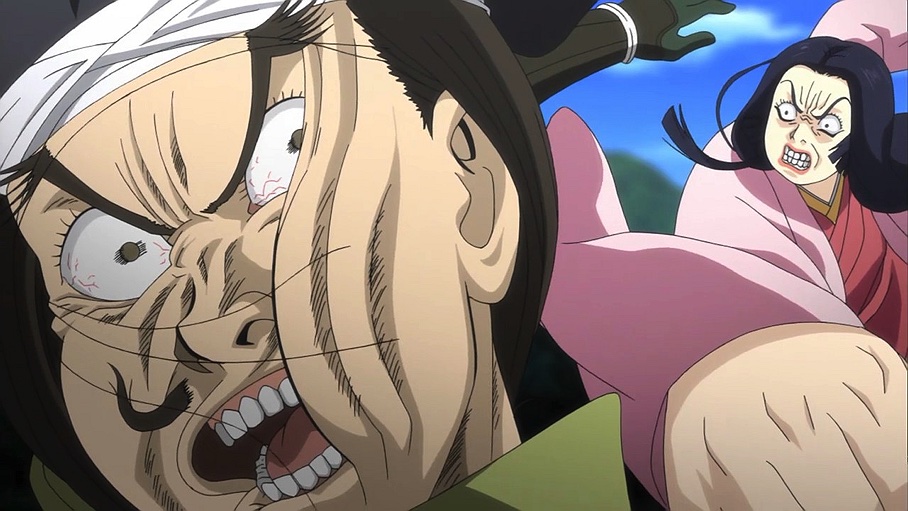
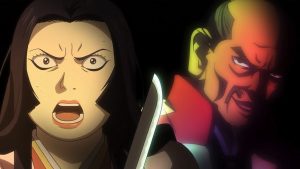
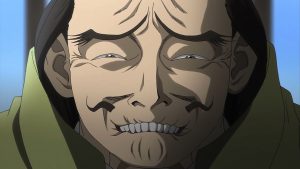
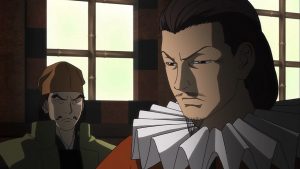
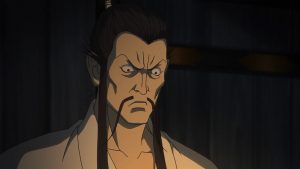
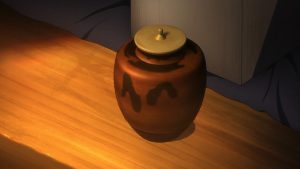
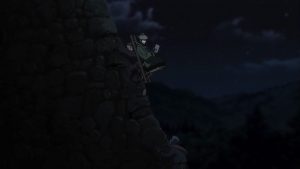
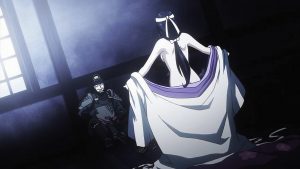
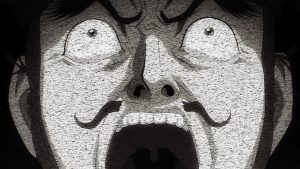
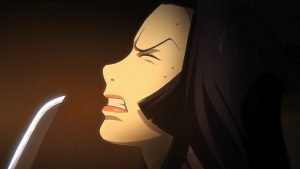
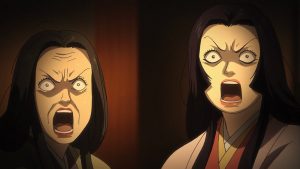
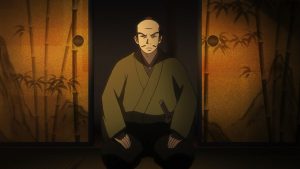
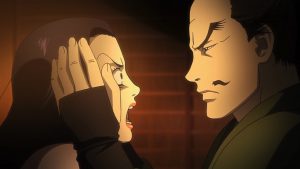
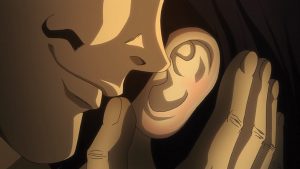
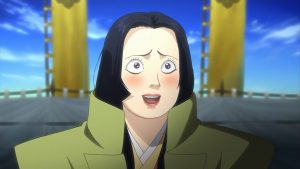
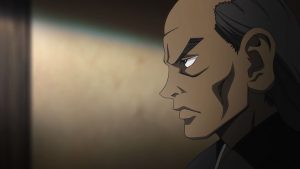
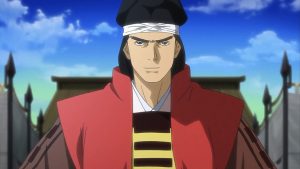
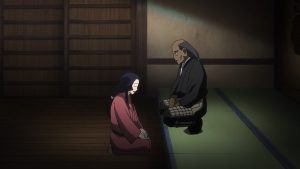
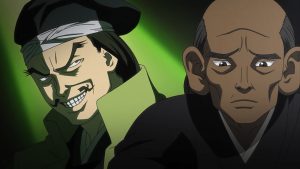
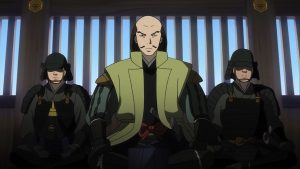
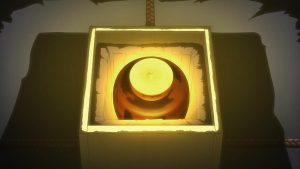
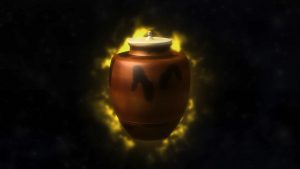
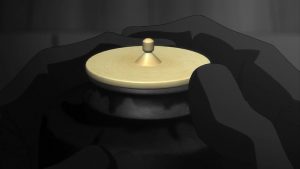
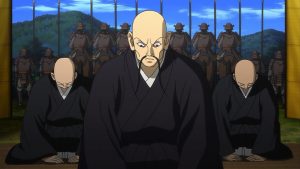

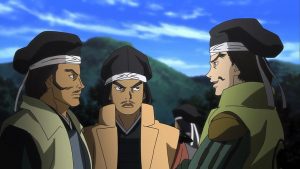
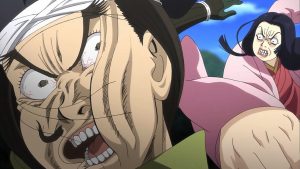

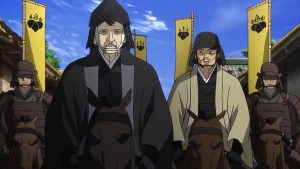
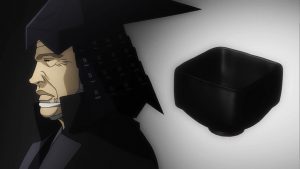
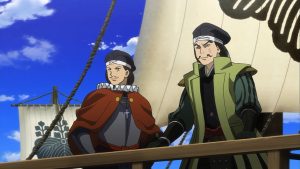
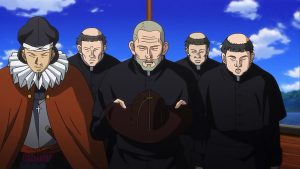
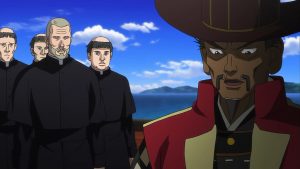
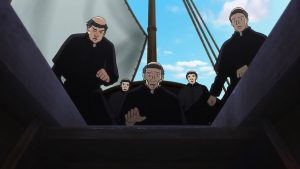
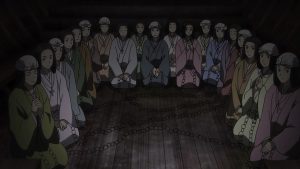
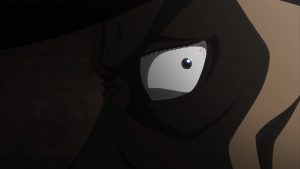
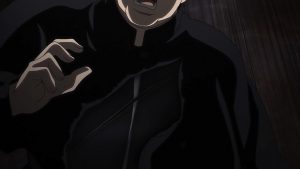
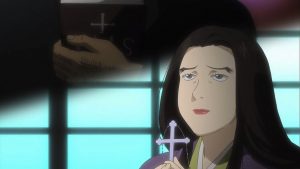
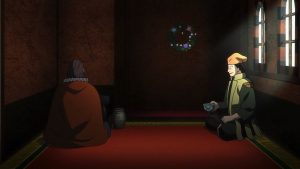

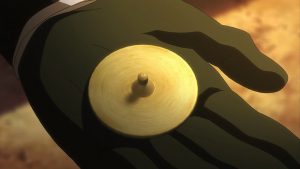
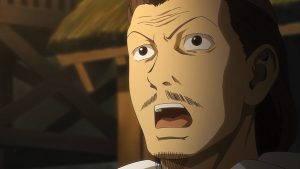
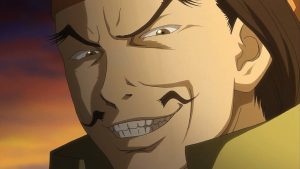
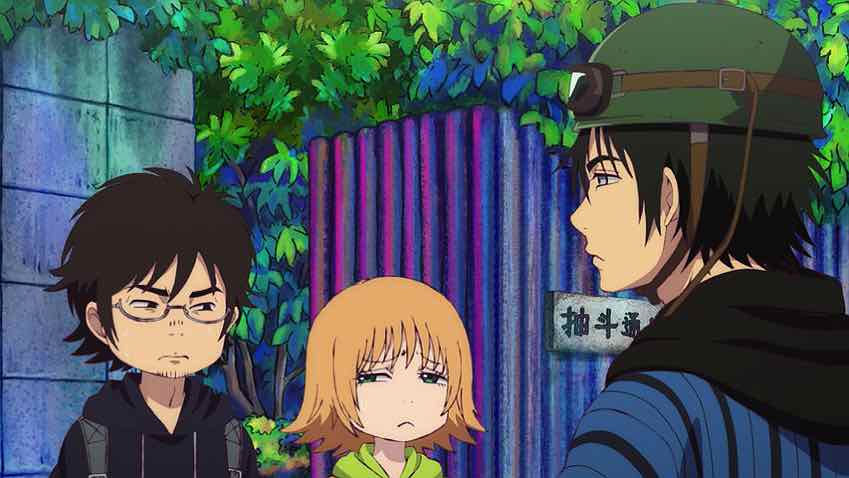
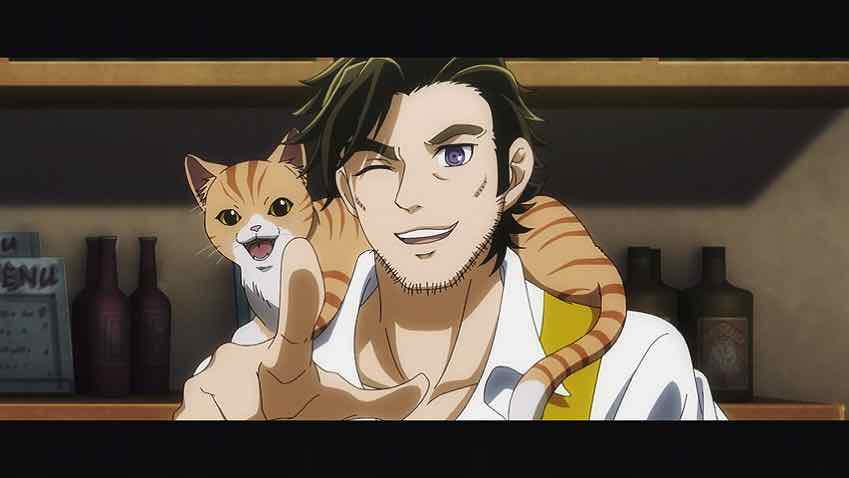
Skidda
September 4, 2020 at 9:38 pmI’ve studied the topic of Christianism in Japan (from a historic point of view) and the incident with the Jesuits in that episode is an attempt from the author to mesh all the reasons of Hideyoshi ban in one scene.
Like you said, Hideyoshi thought that the Portuguese could be useful for his Korea/China expedition and more precisely he really liked their galions, so Coelho was actually invited to Hakata, and he did traveled on a smaller armed boat, but the negotiations didn’t go anywhere (especially since the bigger galions couldn’t port to Hakata because that port wasn’t suited to it if I remember?).
Toyotomi was of course dissatisfied at that point and didn’t like the idea of foreign armed boats roaming in his territory. There was also the rumor that Nagasaki, a fully christian concession at that point if I’m not mistaken, was amassing arms/ammunitions to make it a fortress and I think that’s what the armored priest tried to represent in that scene. The conspiracy theory of foreigners trying to invade japan, with the help of Jesuits insiders was more of an argument during later Christian bans/actual persecutions. Though for the anecdote, Coelho did try to rally the christian’s daimyo and asked for military help in the (Portuguese) Philipinnes. Didn’t go well.
And yes, Jesuits served as intermediaries for slavery trade (it’s complicated) and that was one of Hideyoshi’s griefs that served as a basis for his ban edict (among others like the consumption of beef/horse meat, aggressive proselytism and destruction of buddhist properties).
Mostly though it was as you said the influence of Christianism among the daimyo from Kyushu that triggered the ban after the pacification of the region. Records say that shortly before the ban, Hideyoshi demanded that Takayama Ukon abandons his faith but Takayama declined and that was probably the final straw.
…
Anyway, aside from my historian nerdism, I remember that episode quite well. I always liked the scenes between Takayama and Sasuke and the final gift from Sasuke really added a layer to his character I thought.
Guardian Enzo
September 4, 2020 at 10:39 pmI’m not sure if Takayama was actually Sasuke’s brother-in-law, but I know he later ended up being part of the tea ceremony circle in Kyoto after Sasuke became the de factor leader of it.